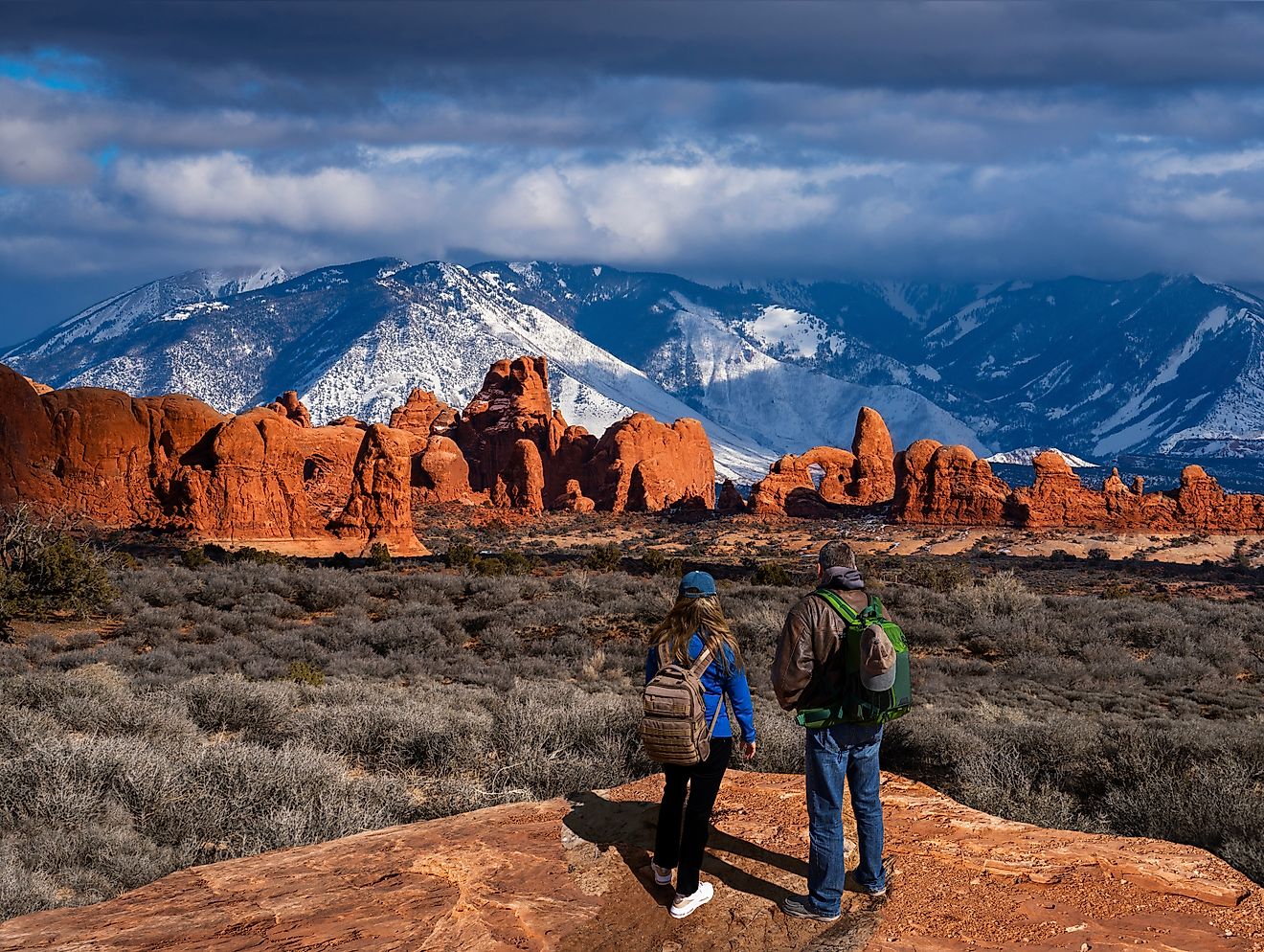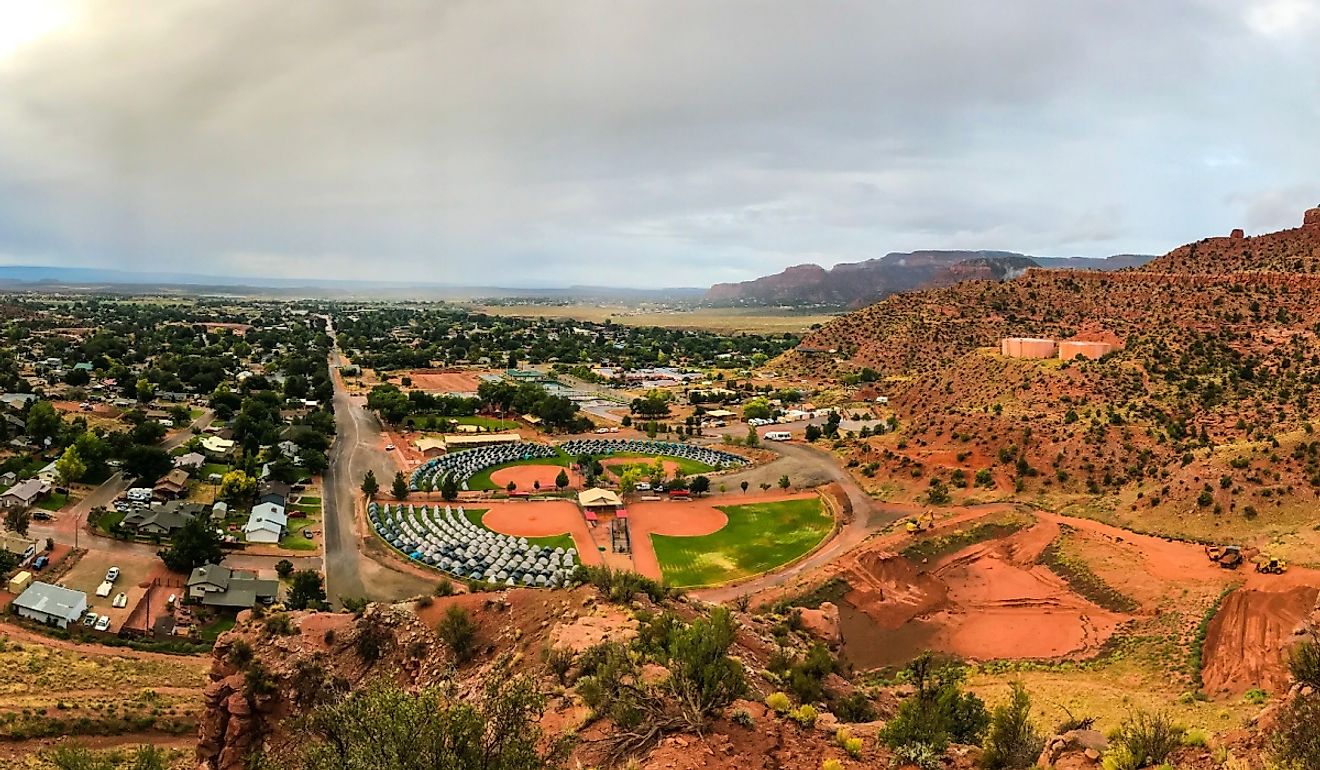
Little Stony Falls, Virginia
Although only 24 feet tall, Little Stony Falls is a hidden gem found in the Jefferson National Forest. Visitors and locals alike will enjoy this backcountry feel, known for its series of three waterfalls fed by Little Stony Creek. Immersed in hardwood forests that echo the calls of a wide variety of warblers, those who seek the Little Stony Falls will be awed by more than the vibrant flora and fauna. With a massive gorge spanning 400 feet deep and 1,700 feet wide, visitors will not want to miss out on seeing this photo-worthy waterfall found in Virginia.
Geography Of Little Stony Falls

Little Stony Falls can be found in Scott County in the southwestern portion of the US State of Virginia. This waterfall is among the many found in the Jefferson National Forest, which resides within a portion of the Appalachian Mountains known as the Cumberland Mountains. Little Stony Falls is fed by a creek of the same name, Little Stony Creek. The Wilderness Society has recognized Little Stony Creek as a waterway worthy of protection from logging. As for facilities, vaulted toilets and a picnic area are available at the adjacent Hanging Rock Picnic Area.
History From Around Little Stony Falls
Little is known, but the discovery of artifacts, among other evidence, points to the mouth of Little Stony Creek once being a Native American settlement. In 1774, Daniel Boone was an active commander in Scott County, directing numerous forts as part of the Dunmore’s War. Subsequently, Chickamauga Cherokee leader, Bob Benge, remained in the area through the Cherokee-American War, losing his life in 1794. Jumping ahead, the 1970s saw the US Forest Service survey the land, which granted protection under a Wilderness Designation. This also introduced the roadless rule, permitting limited construction around specified areas of Little Stony Creek. It also cemented the area around the Little Stony Falls with its identity as a backcountry haven. The Forest Service recanted this designation in 2004, allowing for the construction and sale of timber.
Hikes Around Little Stony Falls

The Little Stony National Recreational Trail offers the best way to see this waterfall. It is a three-mile out and back trail with two trailheads. There is a lower entry from the Hanging Rock Picnic Area and an upper one at the Little Stony Creek Falls. Before embarking, it should be noted that this trail is moderately difficult to difficult in areas, with features such as maneuvering around large rocks. Sections of the trail follow Little Stony Creek, where visitors will have to hike along the rock-laden creek bed, which is among the most challenging parts of the trail.
From the upper trailhead, the path is a dirt walkway that enters under a thick tree canopy and approaches a wooden bridge over a creek. Continue until the trail marked with a double blaze indicates that the path continues through a rock pile. Although a tricky part of the trail, the rock pile will return to a dirt trail. At approximately the midway point of the hike, a second wooden bridge will come into view. This will lead to another double blaze and an uphill climb. Here, one will be welcomed by intriguing rock formations, which will lead to the Lower Falls at mile marker 2.1.
Although not grand, the Lower Falls is a staircase-like cascading waterfall that offers a moment of tranquility and a resting place. Here the trail continues onward, marked by double blazes. At mile marker 2.2 is a wooden bridge that ends with an observation platform of the Middle Falls. Unfortunately, the largest waterfall, Little Stony Falls, cannot be accessed from this point. According to the USDA Forest Service, the trail past this point has sustained storm damage and landslides and is a safety hazard to the public. From this point, trekkers must double back to the trailhead.
Wildlife Of Little Stony Falls
Those who endeavor on a hike will be rewarded with views of Little Stony Falls's vast gorge with hardwood forests of hemlock, among other flora such as mountain laurel and rhododendron thickets. Little Stony Creek is home to an array of fish varieties, including trout. But, it also houses the rare green salamander that is in danger of extinction, according to the Virginia Herpetological Society. Countless birds are found in the canopies overhead, with blue-headed vireos and Swainson's warblers, among varieties of thrushes and tanagers.











